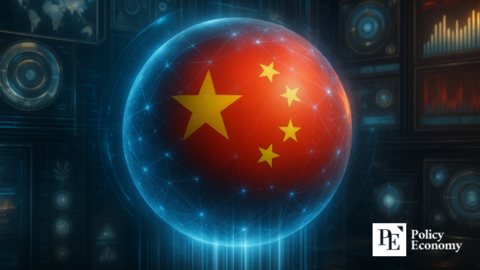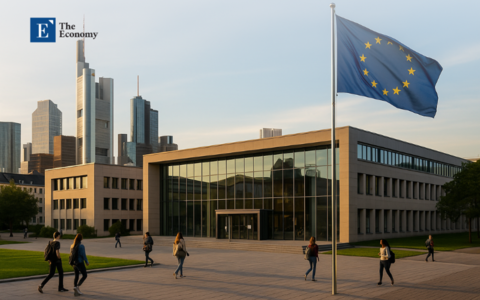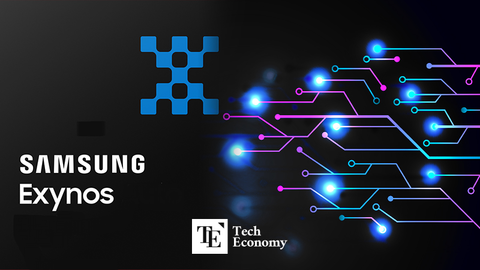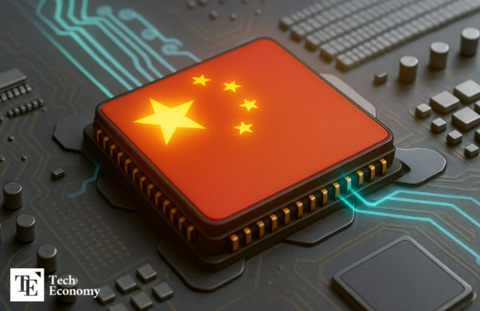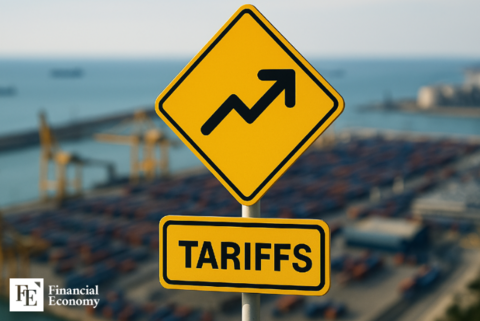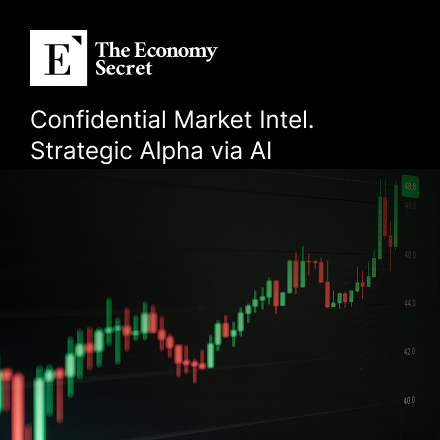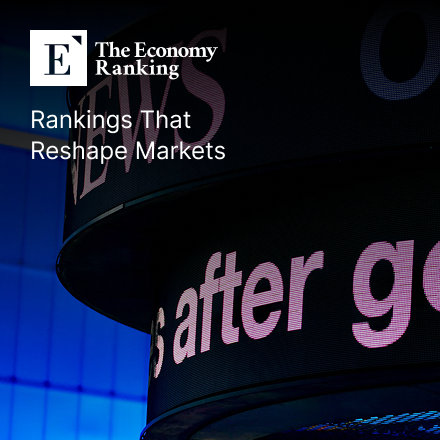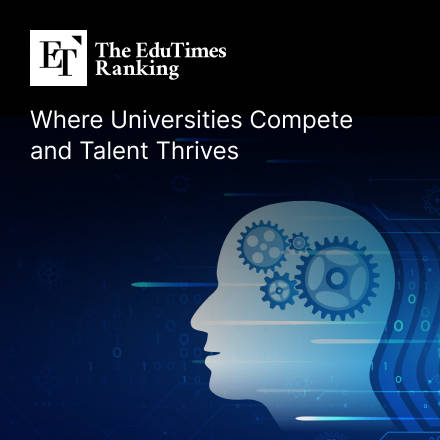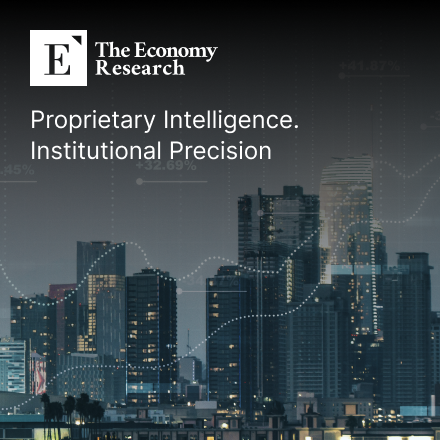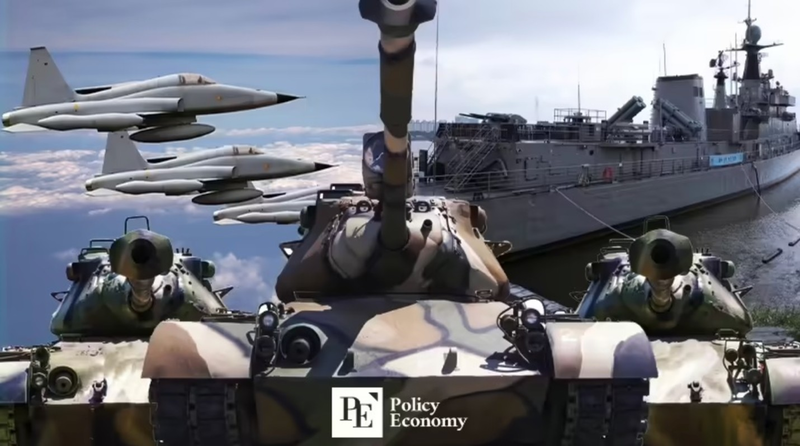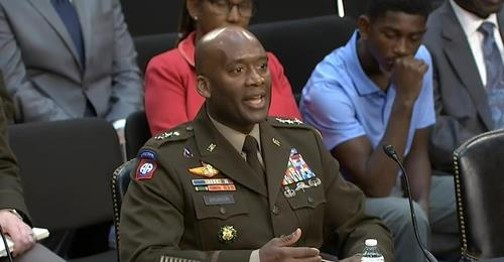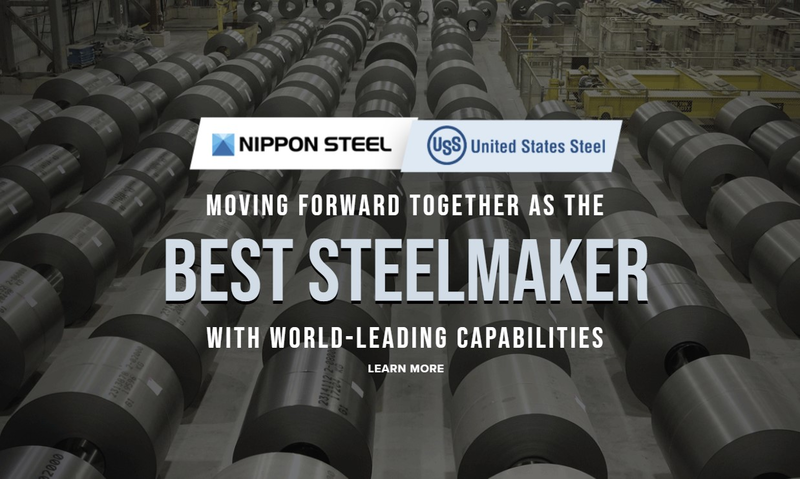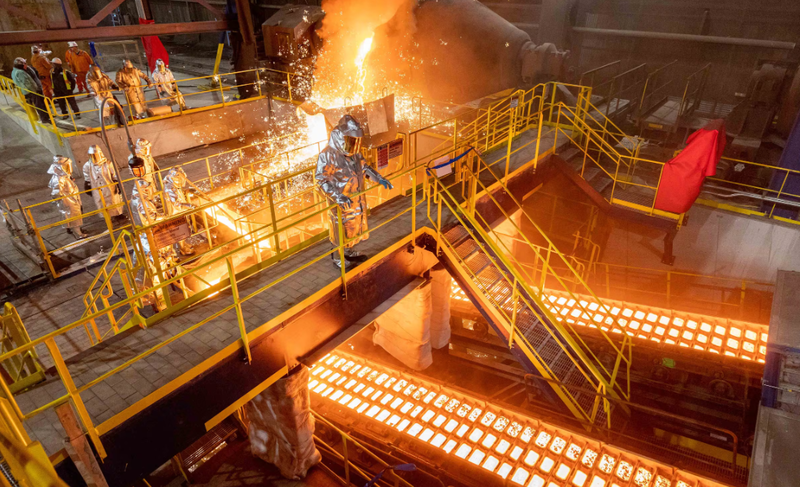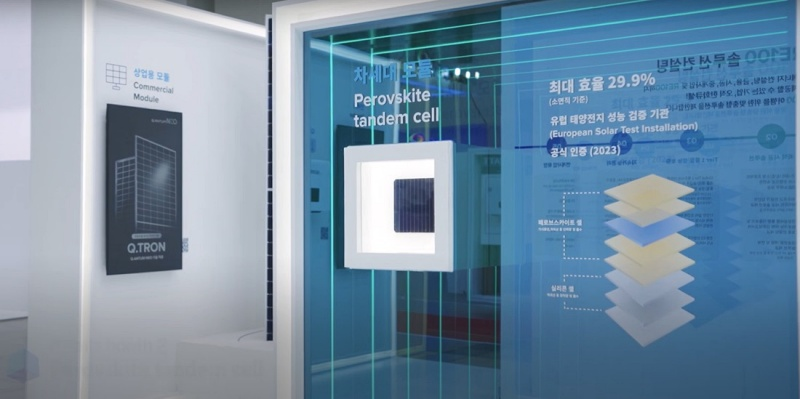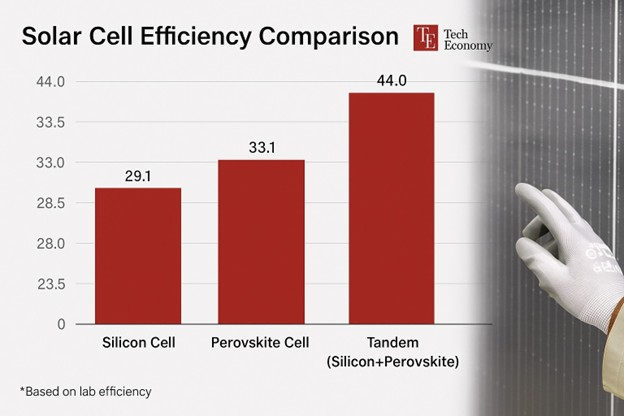Trump Abruptly Suspends 50% Tariff on EU — "A Classic Trump-Style Pressure Deal"
Input
Changed
Two days ago: “50% EU Tariff Starting in June” Warning Postponement Follows Request from European Commission Trump: “Very Good Call, Agreed to Delay”
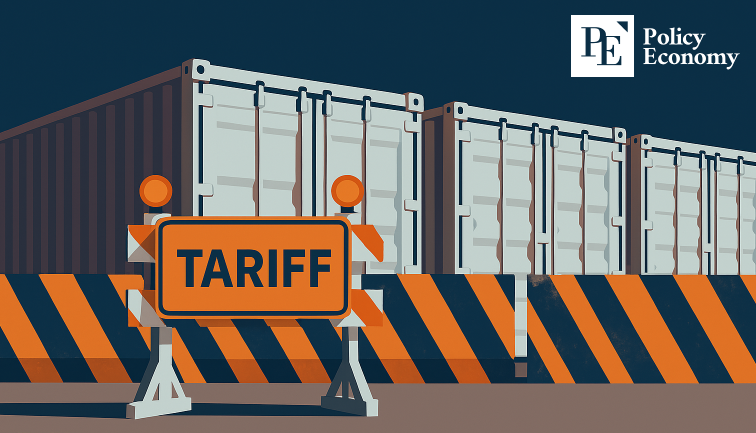
Just two days after warning that the U.S. would impose a 50% tariff on the European Union (EU) starting June 1, U.S. President Donald Trump has postponed the measure. Though he initially raised the threat out of frustration with stalled trade talks, analysts say Trump bought more time for negotiations after the President of the European Commission stepped in to persuade him.
Trump Cancels Tariff Threat After Call With von der Leyen
On May 25 (local time), the Associated Press and AFP reported that Trump told reporters before returning to the White House from a weekend in New Jersey that he would delay the 50% tariff on the EU—initially scheduled for June 1—until July 9. On May 23, Trump had voiced displeasure over the lack of progress in talks with the EU, warning, “I propose imposing a 50% tariff starting June 1.”
The decision to delay came shortly after a phone call with European Commission President Ursula von der Leyen. After the call, von der Leyen posted on X (formerly Twitter), stating, “We need time until July 9 to reach a good agreement,” confirming her request for the postponement. She emphasized that “the EU is ready to move negotiations forward swiftly and decisively.”
Major EU countries like Germany and France reacted cautiously to the fast-moving developments over the weekend. German Finance Minister Lars Klingbeil told Bild in an interview, “What we need now is serious negotiation,” adding that U.S. Treasury Secretary Scott Bessant had conveyed a similar stance. Klingbeil stressed, “We must work to ease transatlantic trade tensions and seek political solutions,” noting that “U.S. tariffs are as much a threat to the U.S. economy as they are to the economies of Germany and Europe.”
Tariff Threat Posted Just Hours Before Key U.S.-EU Call
Trump’s tariff threat was posted on social media roughly four hours before a scheduled phone call between Maroš Šefčovič, EU Commissioner for Trade and Economic Security, and Jamison Greer, a representative of the U.S. Trade Representative (USTR). The EU clarified that the call had been arranged before Trump’s post.
This was the first official discussion since the U.S. had presented its demands to the EU in writing, followed by an EU response offering a list of potential compromises. Reports indicate that the two sides remain far apart. Trump’s sudden post is seen as a calculated move to gain the upper hand ahead of this important exchange between top trade officials.
Trump argues that the U.S. runs an annual trade deficit of over USD 250 billion with the EU. He claims, “The EU was created to take advantage of the United States in trade,” citing high trade barriers, VAT systems, harsh corporate penalties, non-tariff barriers, currency manipulation, and “unfair lawsuits” against American companies.
The EU counters that the U.S. runs a surplus in services, reducing the overall trade deficit with the EU to around USD 78 billion. AP reported that the EU has proposed a reciprocal elimination of tariffs on industrial goods, including automobiles, and has offered to expand imports of U.S. energy, weapons, and certain agricultural products.
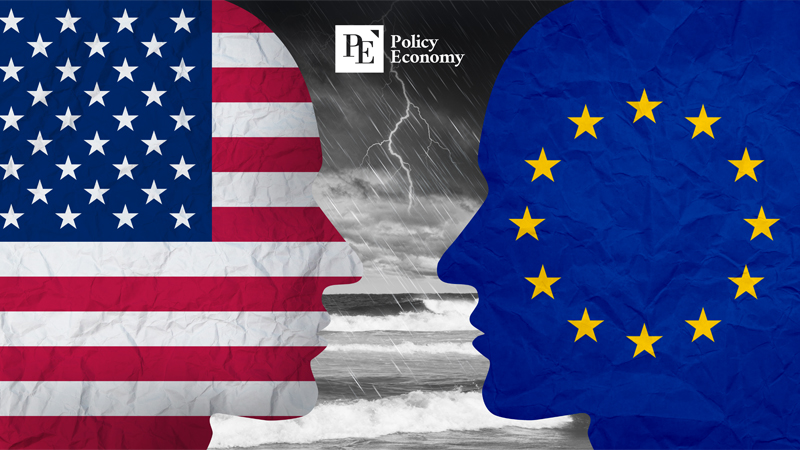
First Trade Deal Reached with the UK
Had Trump’s tariff plan gone ahead, tariffs would have increased to 50%, 2.5 times the 20% rate announced in April. However, with Trump backing off, the existing 10% base tariff remains in effect through July 9. This has led many to conclude that the original 50% threat was a negotiation tactic. The call with von der Leyen and the subsequent delay reflect a classic Trump-style maneuver to strengthen his negotiating position.
On May 23, Treasury Secretary Bessant told Fox News that Trump’s threat was intended to put pressure on the EU, saying, “We hope this move lights a fire under them.” Of Trump’s reciprocal tariff policy announced on April 2 involving 57 countries, only one agreement has been finalized— with the United Kingdom. Under the deal, the U.S. will lower tariffs on up to 100,000 UK-made cars from 25% to 10% annually. It will also remove the 25% tariff on UK steel and aluminum.
In response, the UK has agreed to open its markets to U.S. ethanol, beef, agricultural products, and machinery. As part of the agreement, the UK will purchase USD 10 billion worth of Boeing aircraft. However, the 10% base tariff the U.S. applies to all trade partners, including the UK, will remain in place.

